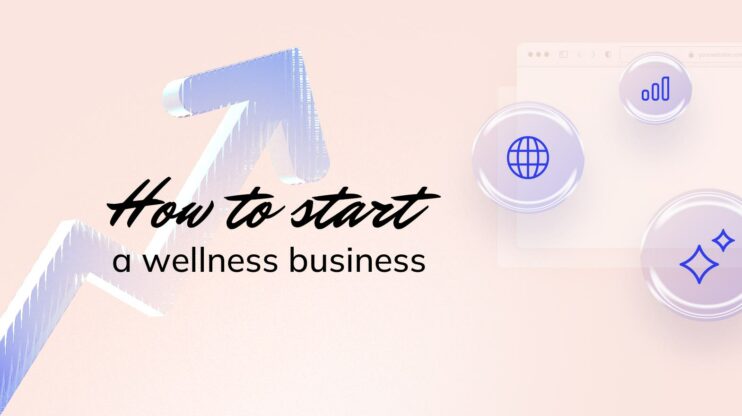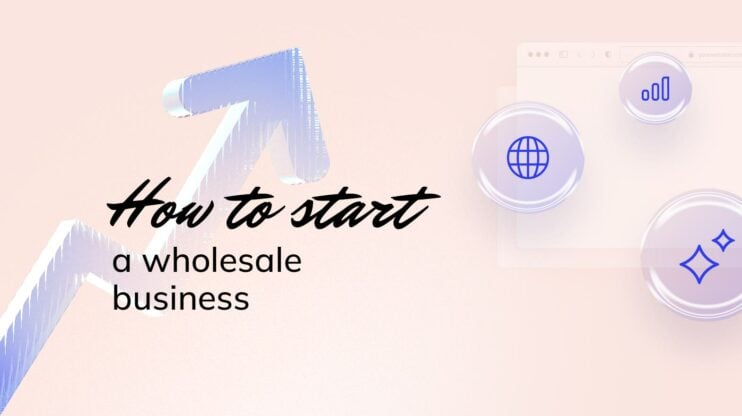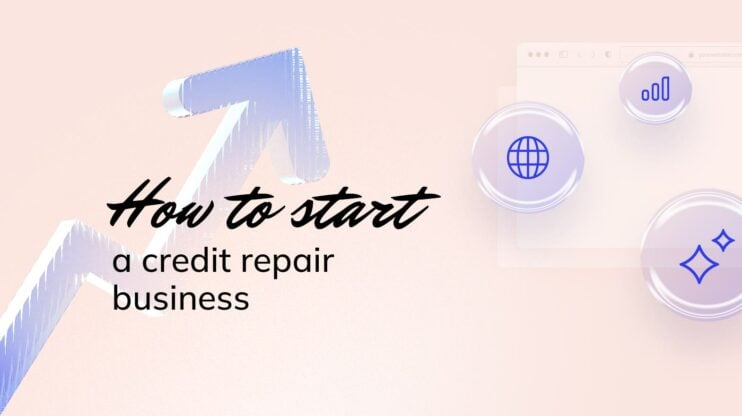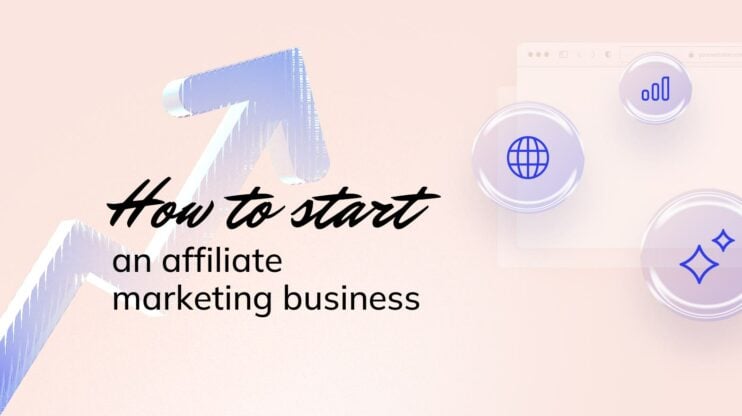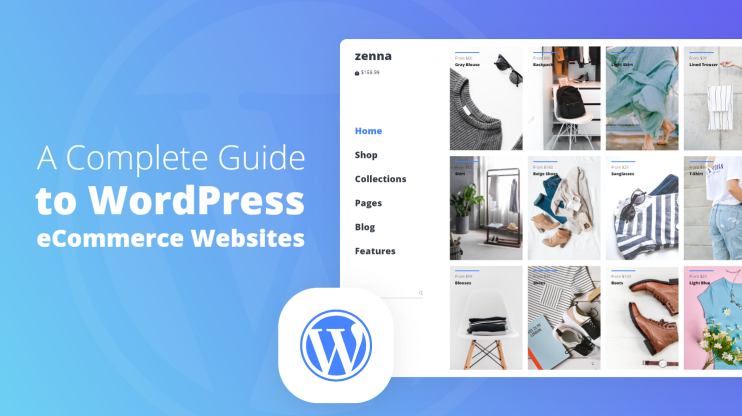Starting a graphic design business involves mixing talent with careful planning and strategic execution. This article offers essential tips for success, emphasizing the importance of a strong foundation and effective online presence. You’ll learn how to attract clients, grow your brand, and navigate key aspects like marketing, portfolio development, and differentiating yourself in a competitive market. Follow this guide to be equipped with the tools needed for long-term success in the graphic design industry.
FAQ
How do I start my own business as a graphic designer?
Is a graphic design business profitable?
How much should I charge as a beginner graphic designer?
Can graphic designers make 100k?
Stage 1: Planning your graphic design business and setting the foundations
Before getting started with building your graphic design business, it’s crucial to lay a strong foundation. This involves assessing your skills, crafting a solid business plan, and choosing the right business structure to suit your needs.
Step 1: Assess your skills
Knowing your strengths and areas for improvement is key. Evaluate your technical abilities in software like Adobe Illustrator, Photoshop, and InDesign.
- Make a list of your specialized skills, such as logo design, branding, or web design.
- Take online courses to fill any gaps you identify. Platforms like Coursera, Skillshare, and Udemy offer graphic design courses.
- Network with other designers to get feedback and insight.
- Consider creating a portfolio. Showcase your best work to attract potential clients. Highlight projects that show versatility and technical skills. For ease of portfolio creation, consider 10Web Portfolio Website Builder, which will automate everything from page creation to hosting service.
Step 2: Create your business plan
Creating a business plan is essential for outlining your graphic design business’s vision, mission, and goals. Begin by defining your target market—who are your ideal clients? This clarity will guide your marketing efforts and help you connect with the right audience. Set realistic financial goals for your first year, taking into account both expenses and projected income.
Use a business plan template specifically for graphic design. Include sections on marketing strategies, pricing models, and the services you will offer. This will provide a clear roadmap for your business and ensure you cover all critical aspects.
Consider how you will manage your finances. Opening a business bank account and using accounting software to track income and expenses can streamline financial management. A strong business plan can also be instrumental in securing financing if needed.
Once you have chosen your business structure, register with the relevant state authorities and obtain any necessary licenses and permits. This step ensures your business is legally compliant and ready to operate.
Properly laying the foundation for your graphic design business sets the stage for success, helping you focus your efforts and achieve your professional goals.
Step 3: Invest in your brand
Creating a strong brand is essential when building your graphic design business.
- Start by choosing a business name that reflects your style and the services you offer. Conduct thorough research to ensure your chosen name isn’t already in use and check domain availability for your website. You can create a business name with the help of the Business Name Generator by 10Web. Find your unique name either by the industry or by describing it to the AI-powered tool.

- Designing a memorable logo is also crucial. A well-designed logo should be simple yet effective, easily recognizable, and reflective of your brand’s style. Start with sketching ideas and look for inspiration from other successful brands.
Step 4: Handle legalities and finances
Starting a graphic design business involves legal registration and financial management. Choose a business structure that suits your needs, such as a sole proprietorship, partnership, or LLC. Many small design businesses prefer LLCs due to liability protection and simple paperwork. Selecting the business type depends on how big you want to grow, your future goals and plans.
Register your business with the state where you’ll operate, which involves filing necessary documents and paying fees that vary by state. You may also need a Doing Business As (DBA) name if you operate under a name different from your name or LLC. Obtain an Employer Identification Number (EIN) from the IRS for tax purposes. This unique number is vital for opening a business bank account, applying for business credit, and streamlining your accounting.
Stage 2: Building the infrastructure for your graphic design business
After setting up your graphic design business foundations and doing the legalities, you should get ready for marketing. But before the actual marketing, set up the necessary infrastructure.
Step 1: Create a professional website
Creating a strong online presence is essential for starting a graphic design business. Your business website is like your online storefront. It’s the first place potential clients will visit to learn about your services. Start by buying a domain name that reflects your brand or name and choose a reliable hosting provider.
For a seamless website-building experience, consider using 10Web. The AI-powered Website Builder simplifies the process, allowing you to create a professional site quickly. Plus, 10Web provides reliable hosting services, ensuring your site is secure and performs well.
A well-designed About page will help clients get to know you better, showcasing your background, skills, and unique attributes. The 10Web Builder also adds a contact form for easy visitor communication and integrates a blog section to share insights and updates, improving your Google search rankings and driving more traffic to your site. And the good news is, you can easily add and remove any sections, or widgets, and make customizations.
Step 2: Set competitive prices for growth
Setting the right prices and managing payments can greatly impact your graphic design business. Develop a clear pricing structure that helps clients understand the value of your services.
Graphic designers may charge an hourly rate, typically ranging from $25 to $150 based on expertise and location, or use flat fees for specific projects, like logo design, which might cost between $200 and $2,500. Consider tiered pricing for different service levels—basic, standard, and premium packages—to cater to various client budgets.
Efficient payment handling is crucial; use professional invoicing software to automate reminders and track payments. Set clear payment terms, such as a 50% deposit upfront, and accept multiple payment methods, including credit cards, bank transfers, and PayPal, to enhance client satisfaction. You can do it easily from your online website. If you use the 10Web ecommerce Website Builder, you’ll benefit from an easy payment method setup, simplifying the process for you and your clients.
Step 3: Set up your office
Whether your graphic design business is online or has a physical presence, setting up your workspace is crucial. If you’re working from home, create a dedicated office space that is free from distractions. Invest in quality furniture that supports good posture, as you’ll likely be spending many hours at your desk.
For those with a physical office, ensure the space is welcoming for clients and conducive to creativity. Display your work around the office to showcase your talent and create a professional atmosphere. Ensure your workspace is equipped with all necessary tools, including a high-performance computer, design software, and reliable internet access.
Stage 3: Start marketing your graphic design business
Now that you have your graphic design business layout and the infrastructure set up and are ready to do the real marketing and reach your potential customers.
Step 1: Make a content strategy
A solid content strategy is essential for establishing your online presence and attracting clients. Start by identifying your target audience and understanding their needs. Create content that addresses their pain points and showcases your expertise. This could include blog posts, tutorials, case studies, and videos.
Develop a content calendar to plan and schedule your posts. This helps ensure that you publish regularly and stay organized.
Step 2: Do SEO optimization
SEO optimization is critical for ensuring that your graphic design business is easily found online. Start by conducting keyword research to identify terms that potential clients are searching for. Incorporate these keywords into your website content, including page titles, meta descriptions, and image alt text.
Ensure that your website is mobile-friendly and has fast loading times, as these factors can impact your search engine rankings. Use internal and external links to improve your site’s authority and provide value to your visitors. If you have built or hosted your website on 10Web, these two will be guaranteed.
Step 3: Do extensive social media marketing
Social media platforms are powerful tools for expanding your reach, especially for a graphic design business, which is about visual attraction. Focus on platforms where your potential clients are likely to be and where you can easily showcase visual works. LinkedIn is excellent for building a professional profile and connecting with industry peers.
Share your portfolio and engage in relevant groups. For visuals, focus on Instagram, post regularly with high-quality images of your work, and use hashtags to reach a broader audience. Facebook allows you to create a business page and share updates. Join design-related groups to connect with potential clients.
Post regularly and keep your branding cohesive across all platforms. Engage with your audience by responding to comments and messages. Collaborations and shout-outs from other designers can also help you grow.
Step 4: Invest in good customer service
Providing excellent customer service is crucial for building strong client relationships and ensuring repeat business. Respond to inquiries promptly and professionally. Keep clients updated on the progress of their projects and address any concerns they may have.
Offer value-added services such as free consultations for future projects or discounts for loyal clients. This encourages them to return for more work. Follow up after each project is completed to ask for feedback and show that you value their opinion.
Conclusion
Starting a graphic design business requires a blend of talent, strategic planning, and continuous effort. By focusing on building a strong foundation, creating an effective online presence, and setting up a clear pricing and payment structure, you can position your business for success. Utilizing tools like 10Web can streamline your website creation and management, making it easier to showcase your work and connect with clients. With a commitment to quality, excellent customer service, and ongoing marketing efforts, you can establish a thriving graphic design business that stands out in the competitive market.
Create your custom online store in minutes with 10Web AI Ecommerce Website Builder and take your business online. 
Looking to sell online?










